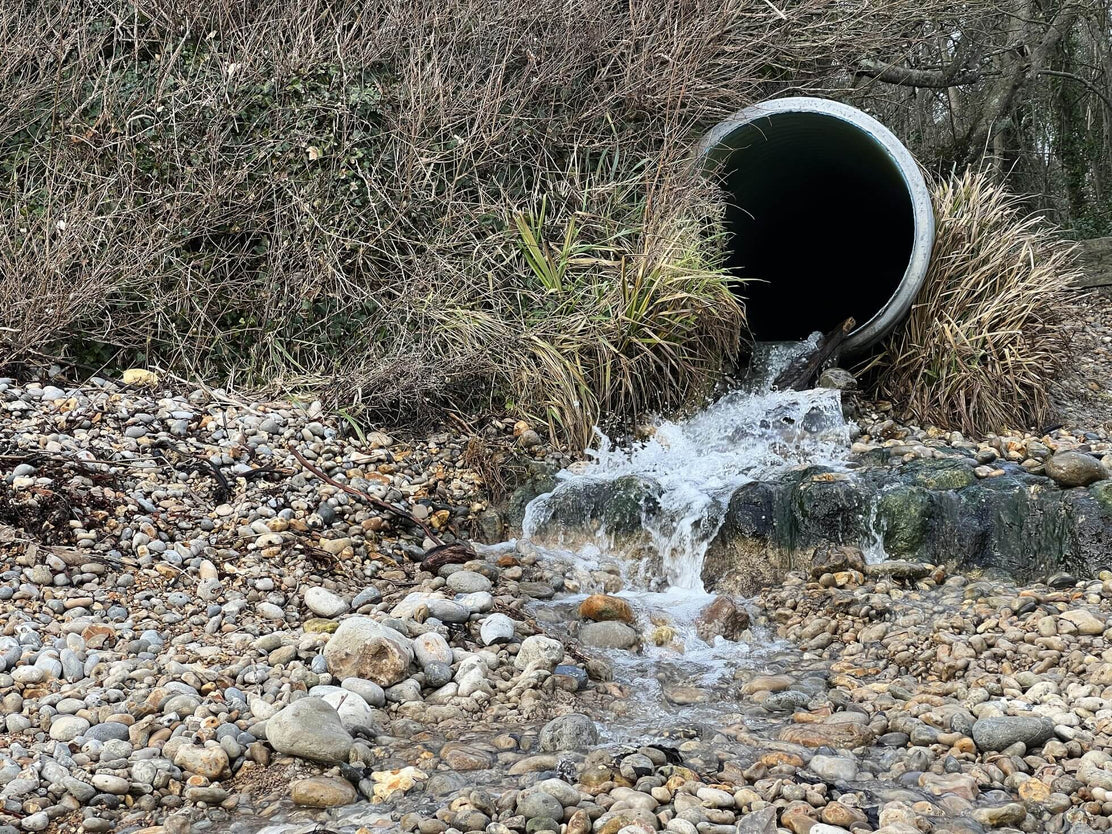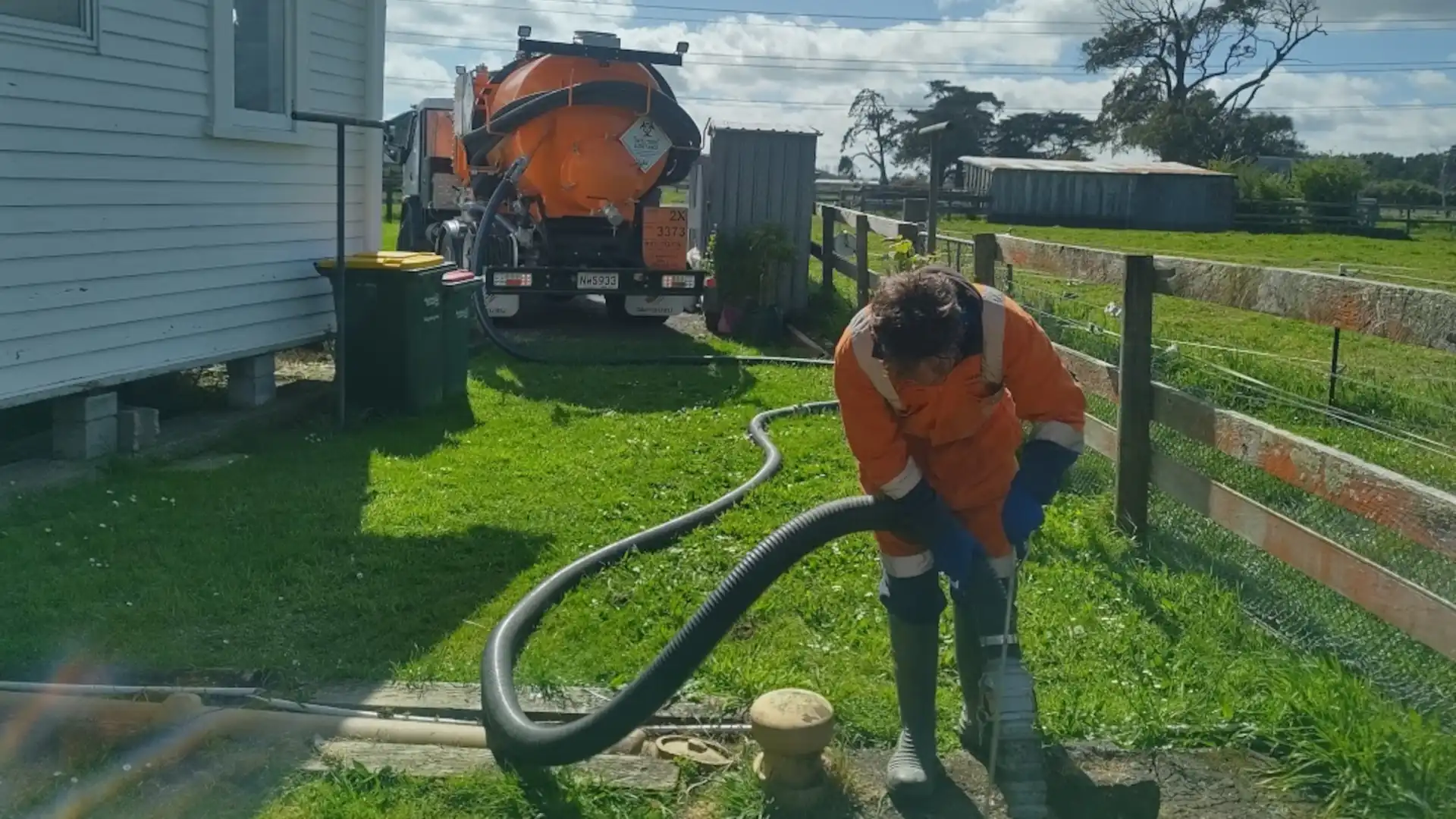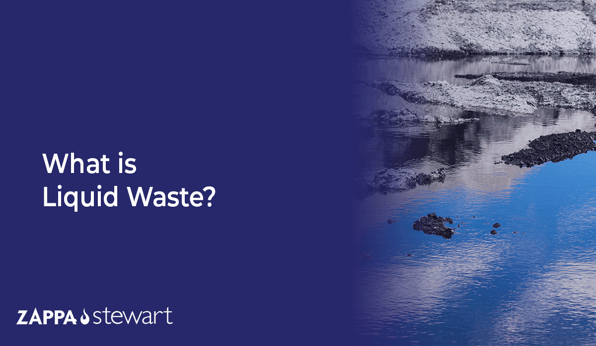Leading Liquid Waste Disposal Melbourne: Trusted Services for Appropriate Waste Monitoring
Leading Liquid Waste Disposal Melbourne: Trusted Services for Appropriate Waste Monitoring
Blog Article
Just How Fluid Waste Disposal Works: A Comprehensive Introduction of Methods and Technologies Employed

Overview of Liquid Waste Types
The intricacy of liquid waste types requires a complete understanding of their features and implications for disposal. Fluid waste can generally be classified right into a number of types, including industrial, municipal, farming, and contaminated materials. Each group shows distinct homes, calling for particular management strategies to mitigate ecological and health dangers.
Industrial fluid waste stems from producing processes and often contains a variety of pollutants, such as heavy steels, solvents, and natural compounds. Municipal fluid waste, mainly comprising wastewater from houses and industrial establishments, contains natural matter, nutrients, and virus (industrial wastewater treatment). Agricultural liquid waste, consisting of overflow from farms, might include plant foods, chemicals, and animal waste, presenting risks to water top quality and environments
Hazardous liquid waste is defined by its poisoning, reactivity, or prospective to trigger injury. Understanding these diverse fluid waste kinds is crucial for establishing efficient disposal approaches and ensuring compliance with environmental guidelines.
Physical Therapy Methods

Testing is the preliminary step, where larger particles and debris are gotten rid of from the fluid waste making use of displays or grates. This process safeguards downstream equipment from damage and ensures smoother procedure. Adhering to testing, sedimentation uses gravitational pressure to separate solids from liquids. In sedimentation tanks, larger fragments clear up at the bottom, forming a sludge layer, while the clarified fluid can be additional treated.
Filtering is another crucial technique that involves passing the fluid with permeable materials, such as sand or membranes, to catch smaller fragments. This step boosts the high quality of the liquid, making it suitable for succeeding treatment procedures.

Chemical Treatment Strategies
Chemical treatment strategies are necessary for efficiently taking care of liquid waste, specifically in dealing with liquified and colloidal pollutants that physical approaches may not appropriately eliminate. These strategies utilize numerous chemical agents to reduce the effects of, speed up, or transform harmful substances into much less harmful types.
One usual method is coagulation and flocculation, where chemicals such as alum or ferric chloride are contributed to advertise the aggregation of suspended fragments. This procedure enhances sedimentation, enabling for easier removal of the resulting sludge. Furthermore, oxidation procedures, employing agents like chlorine or ozone, are utilized to damage down intricate natural compounds and microorganisms, making the waste more secure for discharge or further treatment.
Neutralization is one more important technique, which adjusts the pH of acidic or alkaline waste streams to neutral levels, stopping possible injury to downstream systems and the environment. Furthermore, advanced oxidation processes (AOPs) use mixes of oxidants and ultraviolet light pop over to this site to break down relentless toxins, attaining a higher degree of therapy efficiency.
Biological Treatment Processes
Biological treatment processes play an important function in the administration of liquid waste by using bacteria to break down organic matter and decrease contaminant levels. These procedures can be generally classified right into cardio and anaerobic treatments, each utilizing particular microbial neighborhoods to achieve reliable waste destruction.
Cardio treatment includes the usage of oxygen to assist in the malfunction of organic materials by bacteria. This process is typically carried out in activated sludge systems, where aeration containers provide a favorable setting for microbial development, bring about the oxidation of natural contaminants. The resultant biomass can be separated from treated effluent through sedimentation.
In comparison, anaerobic therapy happens in the lack of oxygen, relying upon various germs to break down natural matter. This method is specifically helpful for high-strength waste, as it produces biogas, a renewable power source, while lowering sludge production. Technologies such as anaerobic digesters are frequently used in commercial and municipal applications.
Both anaerobic Resources and cardiovascular organic treatments not just lessen the environmental effect of liquid waste however also facilitate source recovery, making them essential elements of sustainable waste administration strategies. Their effectiveness, flexibility, and effectiveness support their prevalent execution across different fields.
Emerging Technologies in Disposal
Ingenious techniques to fluid waste disposal are quickly progressing, driven by advancements in technology and a boosting focus on sustainability. Amongst these emerging technologies, membrane layer bioreactors (MBRs) have actually acquired grip for their capability to integrate biological treatment with membrane filtering, causing top quality effluent that can be reused in different applications. MBRs allow smaller sized impacts and extra reliable procedures contrasted to traditional systems.
Another promising development is the use of anaerobic digestion integrated with nutrient healing innovations, which not only treats liquid waste but also generates biogas and recovers valuable nutrients like nitrogen and phosphorus. This dual benefit enhances source performance and lowers ecological effect.
Furthermore, advanced oxidation processes (AOPs) are being adopted for the degradation of intricate natural contaminants. These techniques utilize powerful oxidants and stimulants to damage down pollutants at the molecular level, offering a highly reliable option for difficult waste streams.
Furthermore, the integration of artificial knowledge and artificial intelligence in waste management systems is maximizing functional efficiency and anticipating upkeep, resulting in reduced prices and enhanced environmental conformity. These innovations mirror a substantial shift in the direction of even more efficient and lasting liquid waste disposal techniques.
Conclusion
In final thought, efficient fluid waste disposal demands a thorough understanding of various techniques and modern technologies. By continually advancing these methodologies, it becomes possible to attend to the growing challenges associated with liquid waste, eventually contributing to ecological defense and source recuperation.
Liquid waste disposal is an important element of environmental administration, calling for an extensive understanding of various techniques and modern technologies customized to different waste kinds. Fluid waste can extensively be classified into a number of kinds, including commercial, local, farming, and hazardous waste. Agricultural fluid waste, consisting of overflow from farms, might my review here include fertilizers, chemicals, and animal waste, presenting threats to water quality and ecosystems.
Various physical therapy approaches play an important function in managing fluid waste effectively - industrial wastewater treatment.In final thought, reliable liquid waste disposal requires a thorough understanding of different strategies and technologies
Report this page